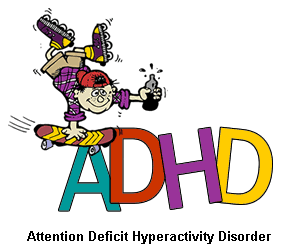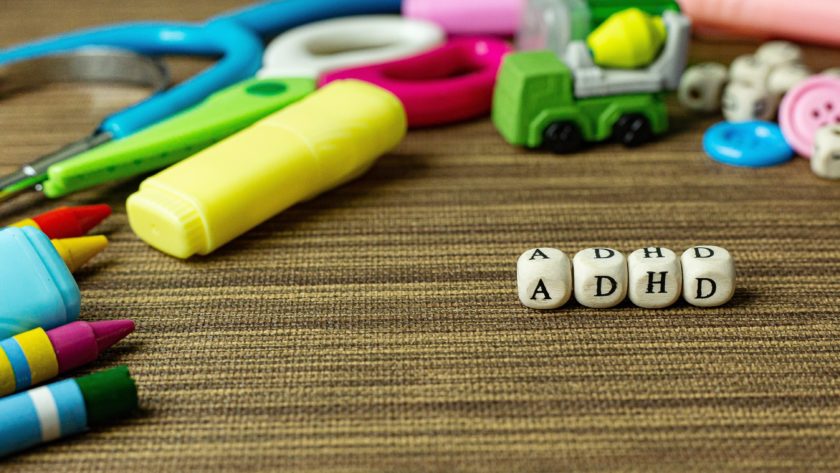 ADHD (Attention Deficit Hyperactivity Disorder) is a problem with inattentiveness, overactivity, and/or impulsivity. The number of children diagnosed with ADHD has risen significantly over the years affecting 3-5% of school-age children. This increase may be due in part to schools testing school children for the disorder whereas years ago they may have just been labeled as “disorderly”. The surge in ADHD cases is also linked to the greater consumption of processed foods. Here are some tips to nourish your child to develop a healthy brain and body.
ADHD (Attention Deficit Hyperactivity Disorder) is a problem with inattentiveness, overactivity, and/or impulsivity. The number of children diagnosed with ADHD has risen significantly over the years affecting 3-5% of school-age children. This increase may be due in part to schools testing school children for the disorder whereas years ago they may have just been labeled as “disorderly”. The surge in ADHD cases is also linked to the greater consumption of processed foods. Here are some tips to nourish your child to develop a healthy brain and body.
1. Don’t fret. It may be challenging to change your child’s eating habits — especially if he/she’s fixed on sugary, fatty, and processed foods. But once children experience the benefits of feeling more in control of their behavior and feelings, they want to stick to the healthier eating plan.
2. Be patient and a good example. Teach your child how to select nutritious food and spend time eating them together. Don’t become obsessed with enforcing the new diet plan. This will intensify your child’s anxiety. Remember, the objective is to calm his/her behavior and feel more in control. Your obsession over your child’s eating can lead to resentment and frustration and result in your child’s defiance.
3. Focus on one goal at a time. Try cutting back on refined sugar in the diet or adding more high-quality protein. It’s not only a simpler way to introduce new changes, but you can test whether specific foods or additives help to improve ADHD symptoms. Also, keep a diary of these modifications and the effects, so you can track and discuss them with your child’s doctor at each visit.
4. Add essential fatty acids. They’re not only great for your heart, these healthy fats are needed for the brain to function. Fatty fish, such as salmon and tuna, are rich in omega-3 fatty acids. But flaxseeds and nuts (especially walnuts) are also packed with these fats plus they’re easy to toss into other foods.
5. Add more whole grains, leafy green vegetables, beans, and peas. These foods are rich in B-vitamins and antioxidants and needed for a healthy nervous system.
6. Eat high-quality protein foods instead of relying on protein sources like hot dogs and other processed meats. Opt for roasted turkey, beans, eggs, nuts, cheese, and yogurt rather than the deli meats which contain lots of additives.
7. Add calcium. Calcium is needed for strong bones, but it’s also needed for regulating nerve impulses — an essential element in treating ADHD. Dairy is a good source of calcium, but if your child is sensitive to milk, other good sources of this mineral include leafy greens (like spinach, kale and romaine lettuce), beans, tofu, fish, and broccoli.
8. Avoid “junk” foods that are loaded with empty calories and choose foods that are nutrient dense, i.e., they’re high in nutrients when compared to the number of calories. Potato chips, French fries, sodas, and candy are low in healthy nutrients and high in calories not to mention loaded with salt, refined sugar and/or chemical additives — not a healthy mix for the ADHD child much less anyone else.
9. Offer healthy snack options which include fresh fruit, nuts, vegetables, yogurt, and cheese. Whirl fresh or frozen fruit, yogurt and a sprinkling of flaxseeds into a smoothie to start your child’s day or enjoy as an after-school snack. Try freezing your smoothie into popsicles or into cups for a ready-to-eat frozen yogurt treat.
xo

